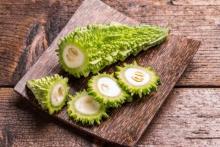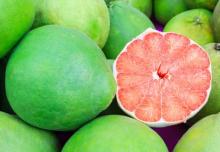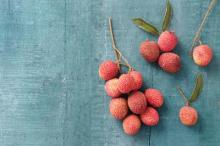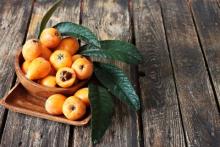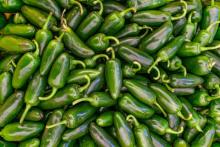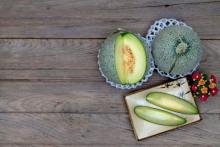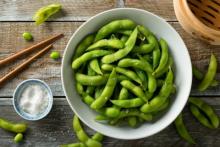Superfood 101: Bitter Melon!
Bitter melon is a member of the family Cucurbitaceae or the Cucumber family of the genus Citrullus Schrad, also known as watermelon P, and contains two species. The plant is native to India and regions of Africa and through trade it was introduced to areas of Asia like China and Japan. It then made its way to the Philippine Islands and regions of northern and eastern Europe.

